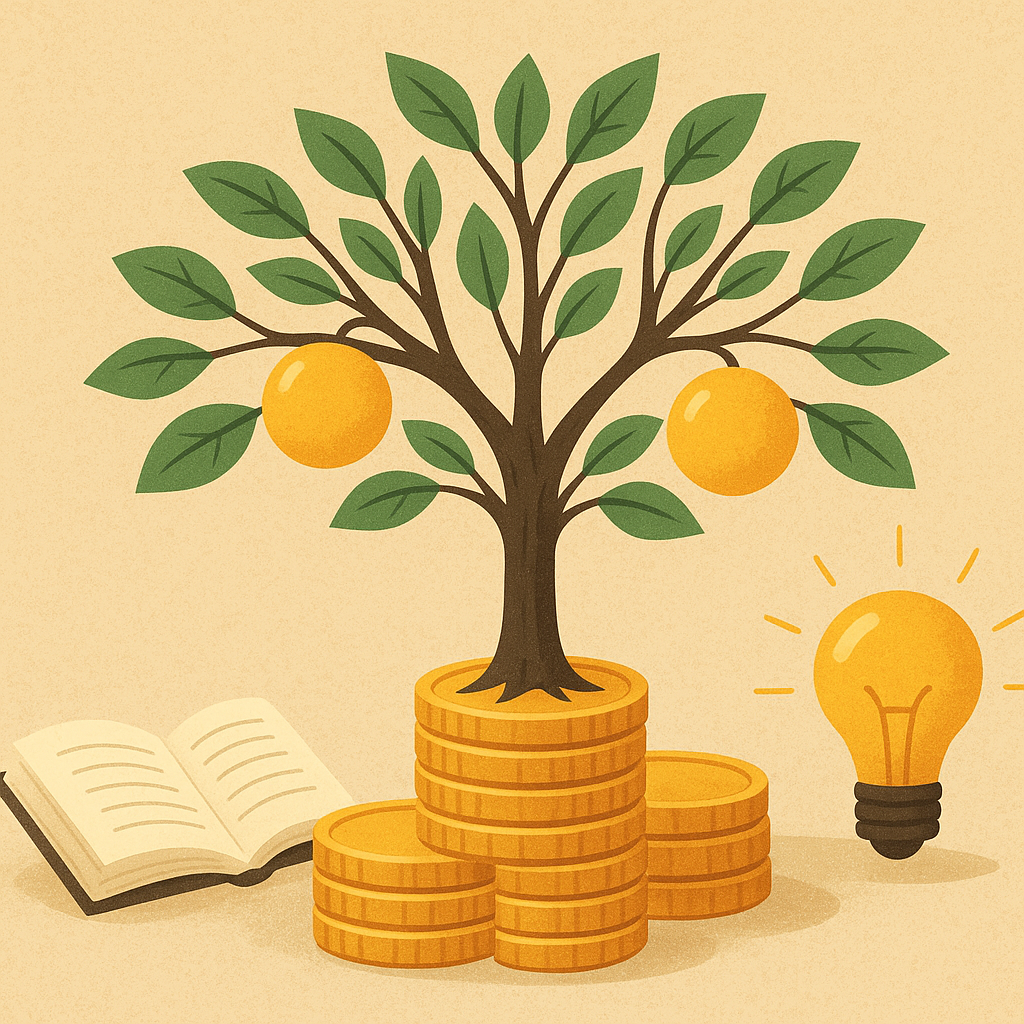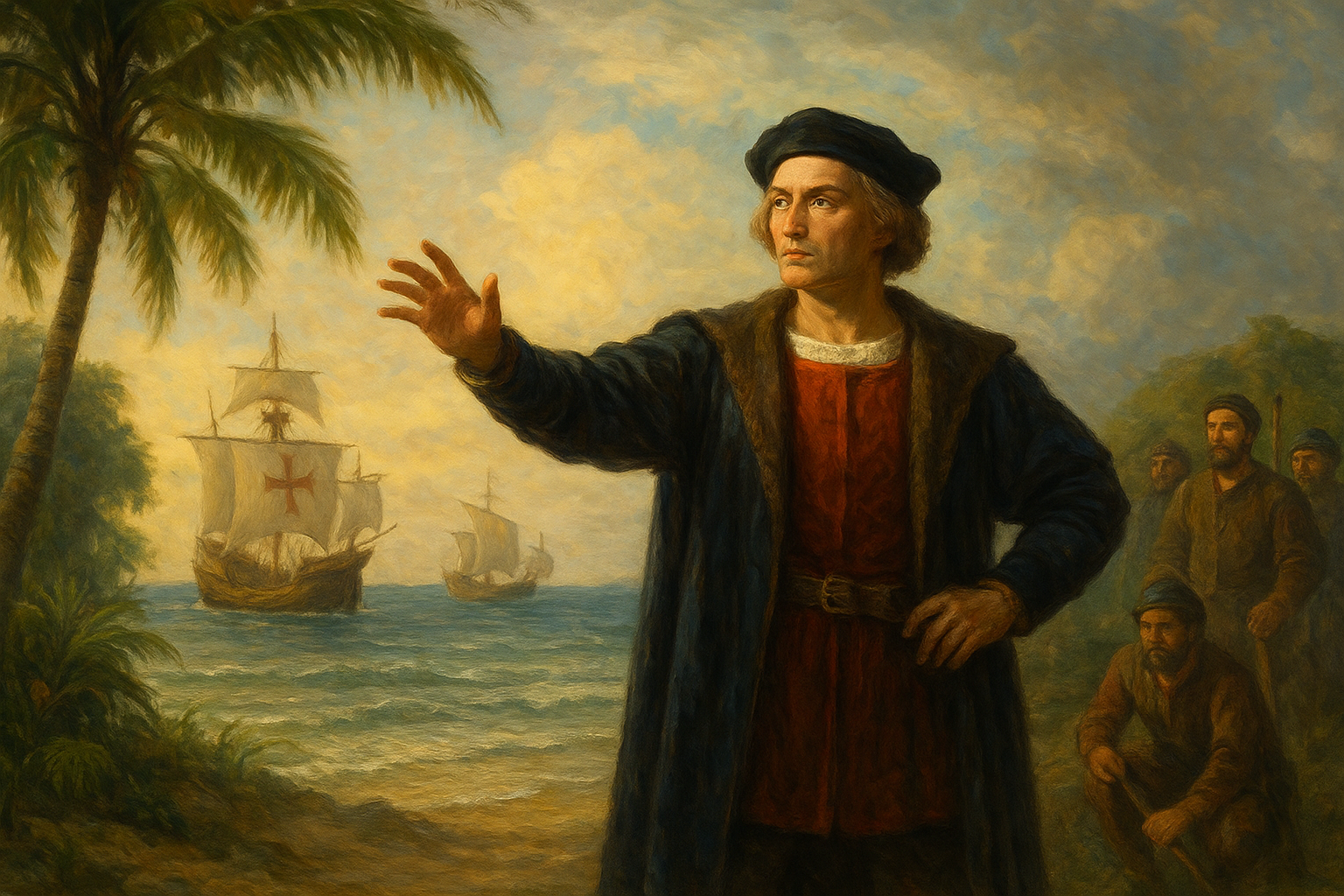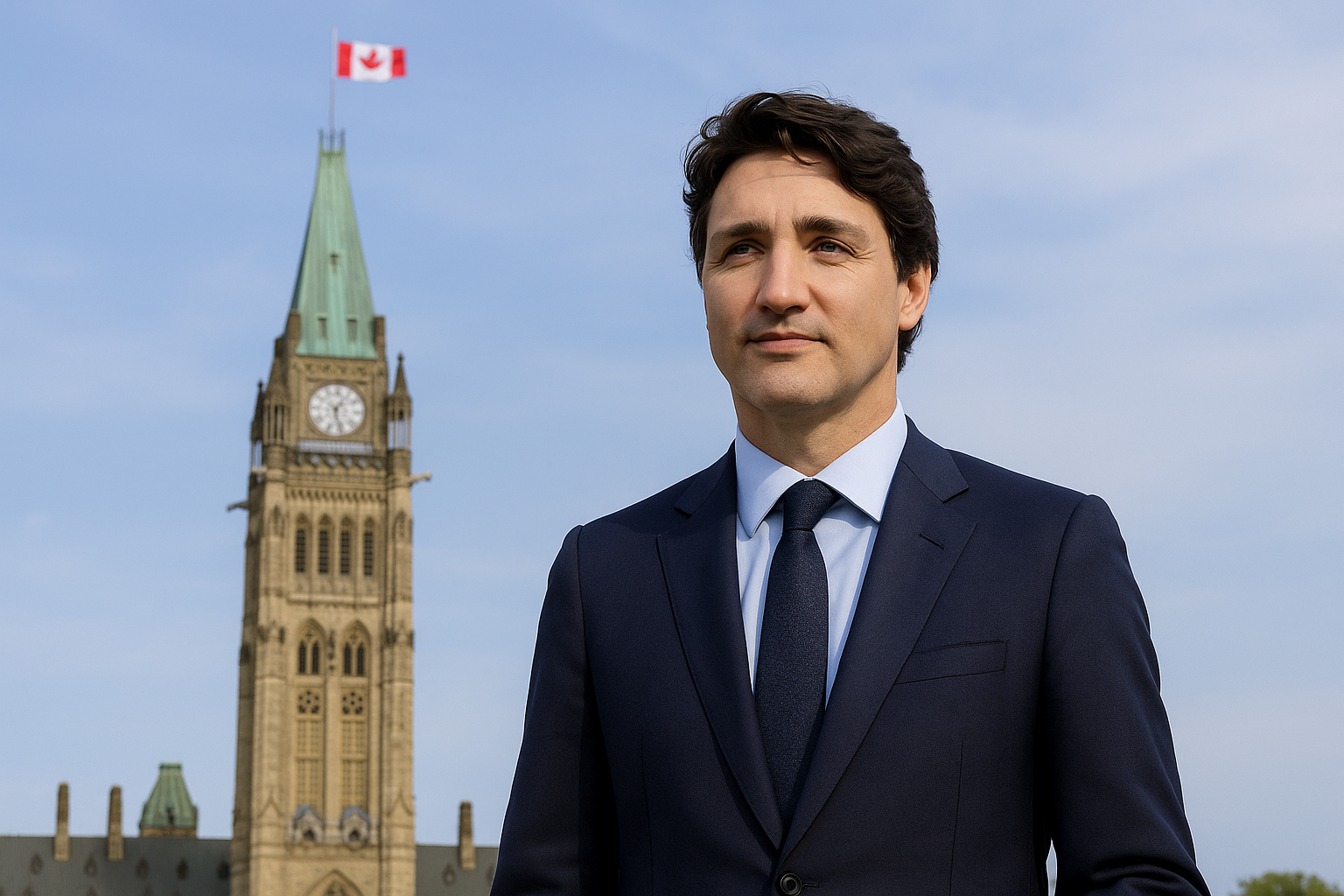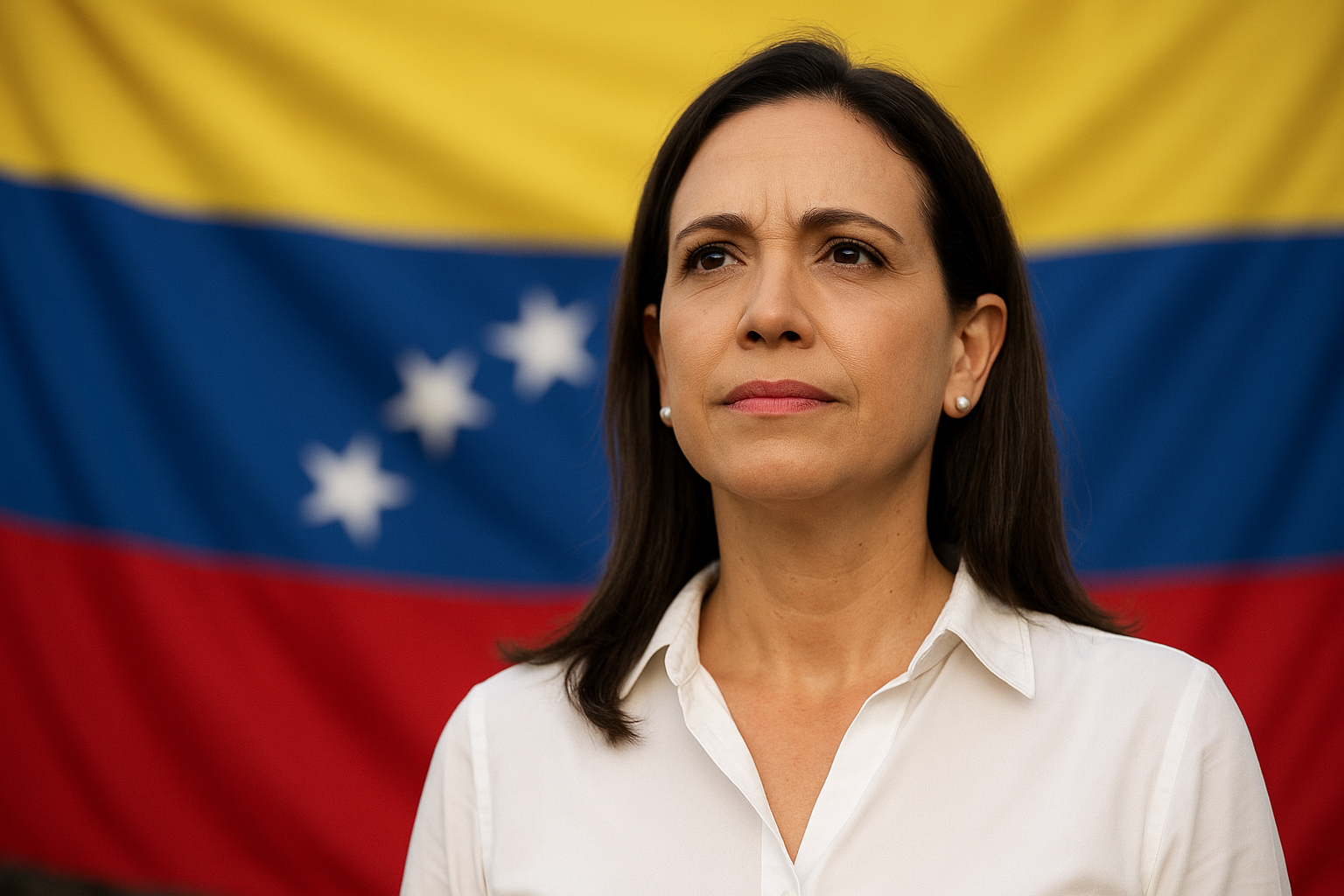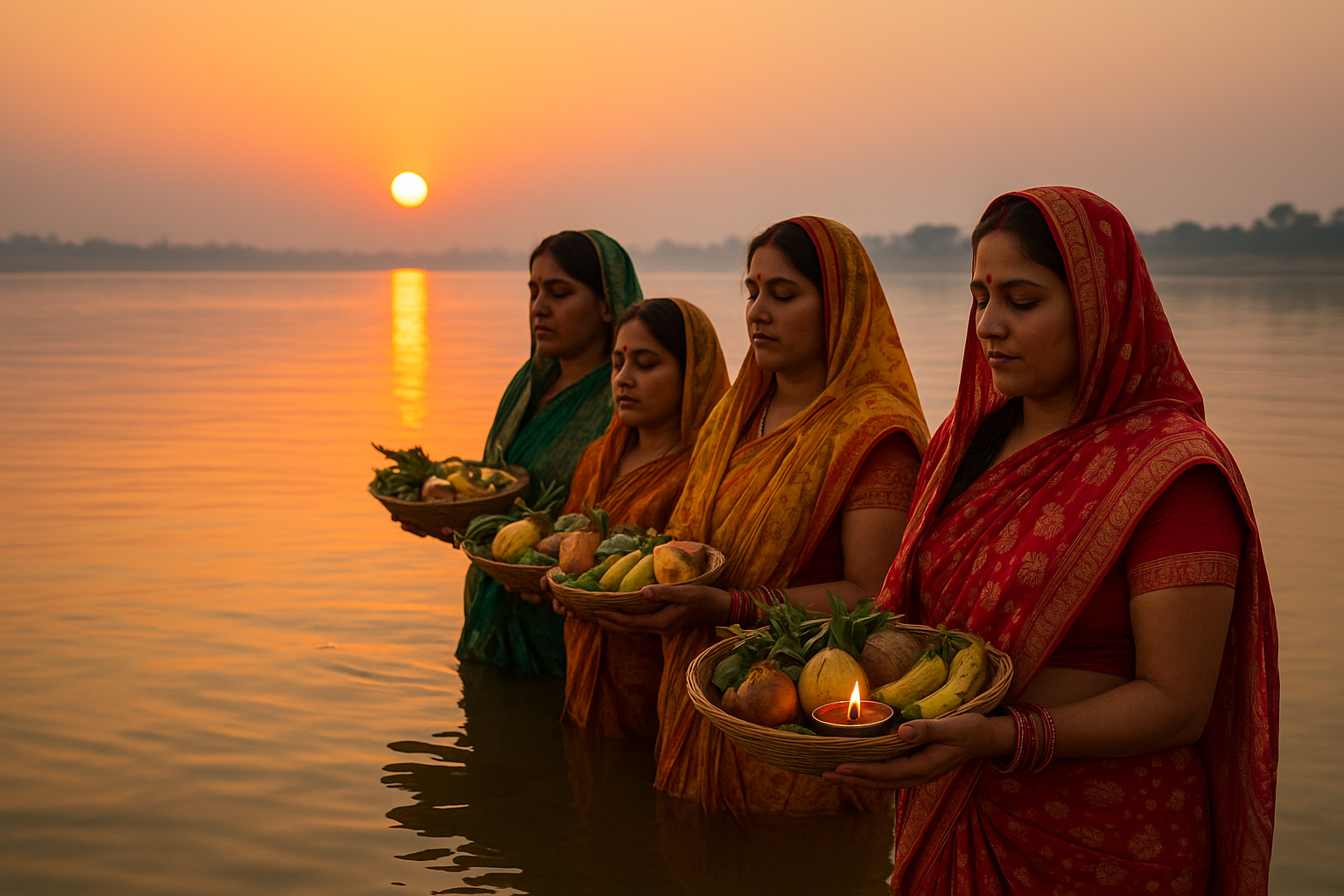-
The Future of Cryptocurrency: Is It Reliable and Worth Investing In?
Introduction: The Digital Revolution of Money Cryptocurrency has transformed the global financial imagination. From Bitcoin’s debut in 2009 to thousands of tokens now traded worldwide, the idea of digital money has moved from the fringes to the front page. Let’s explore the fascinating, risky, and revolutionary world of cryptocurrencies — their promise, pitfalls, and what…
Written by

-
The Power of Long-Term Compounding: Building Wealth, Virtue, and Wisdom Over Time
Introduction: The Invisible Law of Growth Compounding is often described as the eighth wonder of the world — a force so subtle yet so powerful that it can transform small, consistent actions into monumental outcomes. While most people associate compounding with money and investment returns, its principle applies universally — to habits, virtues, learning, and…
Written by
